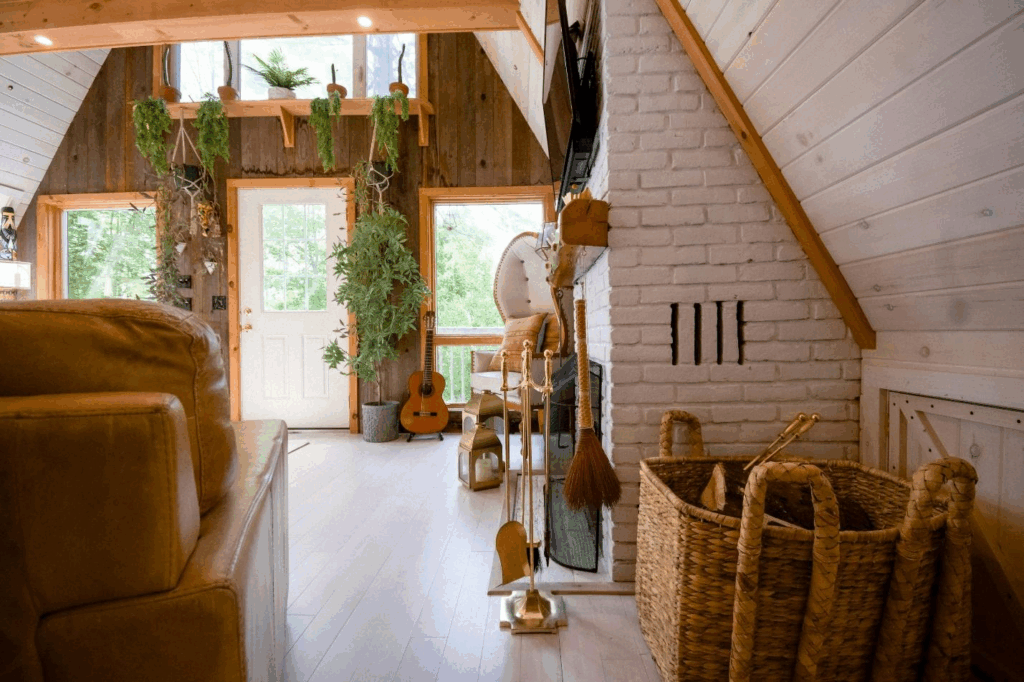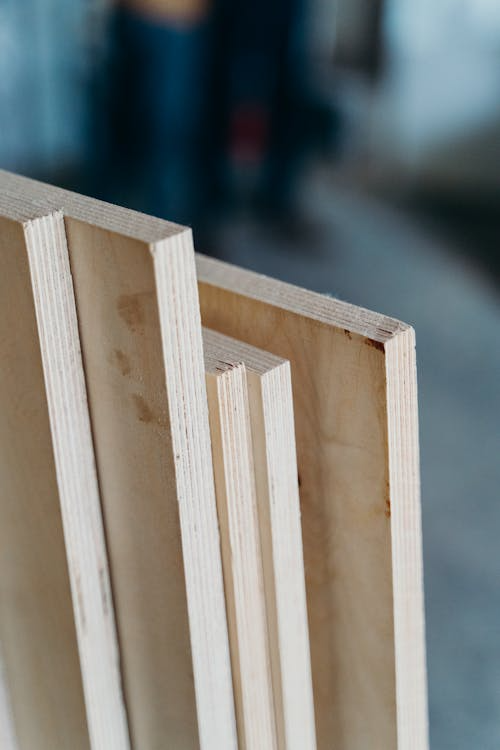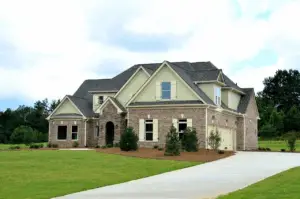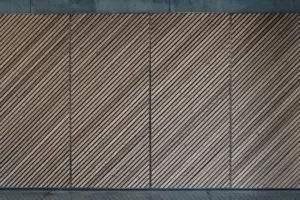By George House/03,Nov,2025
Houses are mirrors of the way people live and what they appreciate. Due to the emergence of environmental consciousness, a good number of homeowners are now opting to use sustainable home materials to minimize wastage and energy consumption.
From the floor level to the roof, all decisions determine the footprint of the home. The fact that eco-friendly building materials make a home beautiful not only helps in protecting natural resources.
Conscious decisions can form a place that is sustainable, energy-saving, and friendly to the environment- all at the cost of saving money in the long term. Let’s discuss more about it in this article.
Considerations To Make When Selecting Eco-Friendly Building Materials

(Source)
Consider the impact of each option on the environment before deciding on what to use. Green construction materials for doors and other things in your home have an effect on cost and sustainability in terms of durability, maintenance, and sourcing. A nice decision is both beautiful and long-term. Here are some key factors that help make smarter building decisions.
Durability and Longevity
Choosing durable materials for your home may lead to reduced replacements. Sustainable home materials such as reclaimed wood or recycled steel will save money and waste. A sustainable lifestyle is based on long-term building. It does not require frequent upgrades to make the home functional and safe. Longevity also reduces manufacturing demand, which reduces emissions.
The selection of sustainable green building materials is a way of preserving the environment and minimizing waste during construction. The long-term solutions that are being invested in today will lead to fewer repairs tomorrow.
Energy Efficiency
The consumption of energy is a massive contributor to sustainability. Green building materials that facilitate insulation, such as straw bales, cellulose, or insulated concrete forms, assist in controlling temperature in a natural way. Energy.gov states that heating and cooling expenses can be cut significantly through proper insulation.
This saves money as well as reduces the pressure on power grids. Efficiency in the home throughout the year is achieved by using materials that ensure comfort indoors. The use of natural lighting, ventilation, and reflective coating enhances efficiency. By choosing sustainable home materials with such advantages, homeowners will be able to make their spaces comfortable and use less energy.
Recyclability and Renewability
The most environmentally friendly building materials can be reused or recycled after the expiry of their life expires. Good examples of renewable options are reclaimed wood, recycled glass, and bamboo. Renewable sources will make sure that resources are not depleted.
Recyclability also minimizes landfill waste and production emissions. Homeowners can promote a circular economy when they choose such materials as cork or recycled concrete. The use of green construction materials that can be reused assists in ensuring that the ecological balance is maintained by future generations.
Best Eco-Friendly Home Materials

(Source)
Construction of homes is no longer a matter of looks. It is all about integrating functionality and eco-friendliness with sustainable green building materials. The contemporary sustainable home materials have a wide variety of choices that can be adapted to different designs and budgets. These options can be used to minimize the total carbon footprint, both on the floor and the wall. Below are some materials that combine style, strength, and sustainability with ease.
Bamboo
Bamboo is a fast-growing material that can be renewed without the need to be replanted and is therefore one of the most favored eco-friendly building materials that are eco-friendly. It is strong and can be used as flooring, walls, or furniture.
According to research conducted by the Forest Service (FS.USDA), bamboo is renewable because it can grow up to 3 feet per day in favorable conditions. It takes in carbon dioxide and gives out oxygen, which enhances indoor air quality. Its natural finish makes interiors warm.
Homeowners can have a sustainable, affordable, and versatile alternative that is durable, using bamboo. It is an ideal representation of what sustainable home materials are all about: efficiency and beauty.
Recycled Steel
Modern home design is being transformed by green construction materials such as recycled steel. It is robust, weatherproof, and minimizes mining wastes. It is a great choice to use as a framing, roofing, or structural reinforcement. The long life of steel means that it will be replaced less over the decades. It is resistant to termites, fire, and rot, which lowers the cost of maintenance.
The use of recycled steel helps to have a greener construction industry. It is one of the pieces of evidence that environmentally friendly construction materials can also provide unparalleled strength and durability without damaging natural resources.
Cork
Cork is a lightweight and durable flooring option that is one of the sustainable home materials. It is harvested from the cork oak trees without damaging them. It is waterproof and offers natural insulation that makes homes quiet and warm.
The special texture of cork gives interiors a personality. It is biodegradable and recyclable, producing little waste. Homeowners can get comfort, style, and sustainability with cork. Being one of the expanding lines of environmentally friendly construction materials, it is not only convenient but also attractive.
Reclaimed Wood
Reclaimed wood is a source of beauty and sustainability to any room. It is made out of old barns, factories, or warehouses and thus minimizes the use of new timber. Reclaimed wood saves forests but also provides new life to the existing wood.
It is durable, simple to maintain, and it matches well with other green construction materials. Homeowners are fond of its thick texture and special patterns. The use of reclaimed wood is a sign of responsible living and demonstrates the ability of sustainable home materials to bear the past in a beautiful way.
Advantages of Sustainable Home Materials

(Source)
Using environmentally friendly building materials is a decision that will pay off in various aspects. They add value and comfort to homes in the long run, besides minimizing the environmental impact. We can take a closer look at how these advantages can influence healthier and more productive living environments that are in line with contemporary requirements.
Lower Carbon Footprint
Using sustainable home materials drastically reduces emissions from production and transport. Materials like bamboo, cork, and reclaimed wood store carbon during growth, lowering atmospheric pollution. By using recycled options, builders cut down on extraction processes that harm the environment.
Healthier Indoor Air Quality
Indoor air quality affects overall well-being. Many green construction materials release fewer toxins than traditional products. Choosing natural, low-VOC materials helps reduce these pollutants. Using cork, bamboo, or clay walls minimizes allergens and moisture buildup. Cleaner air leads to better sleep, energy, and concentration.
Cost Savings Over Time
Though eco-friendly building materials may cost more upfront, they often save more in the long run. Materials like recycled steel or insulated concrete reduce energy demand year-round. Durability also lowers repair and replacement costs. Many green homes qualify for tax incentives or rebates.
Takeaway
Building with sustainable home materials transforms spaces into responsible, stylish, and lasting sanctuaries. Every eco-friendly decision contributes to a healthier planet and smarter living. Choosing eco-friendly building materials reflects care for both home and environment.
George Group builds with sustainability in mind, offering innovative materials and designs for modern, eco-conscious homes.





